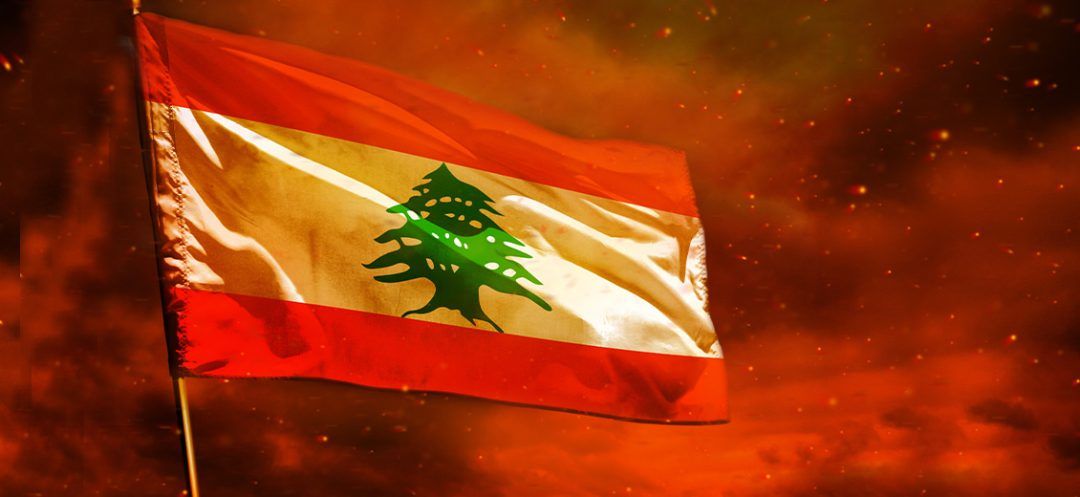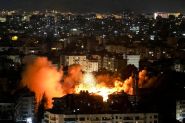- Home
- War in the Middle East
- Lebanon's Unity Tested by the 'Unity of Fronts'

Lebanon has delivered a powerful lesson in humanity and unity to Israel, Iran and Hezbollah through the wave of solidarity, empathy and compassion that followed the Israeli attacks on September 17 and 18. In the face of the horrors of disfigured faces, doctors and nurses worked through the night, pushing themselves to the brink of exhaustion to stitch together faces and hands torn apart by explosions. Those who took on the impossible—reconstructing faces, saving eyes, restoring lips and noses, repairing shredded skin and muscles—became the first responders, the true heroes of this renewed national solidarity.
“The scenes in the operating rooms were unbearable,” an eye specialist confided under the condition of anonymity. He and his colleagues stayed up all night treating those blinded and disfigured by pagers or walkie-talkies that had exploded in their faces. “In some cases, the entire face was gone,” he said, still in shock over the devastation that occurred in an instant, lamenting the “collateral victims” who were often as gravely affected as the owners of the booby-trapped devices.
Against Iran's military doctrine of “unity of fronts,” which dictated Hezbollah’s involvement in the war against Israel, Lebanon has wielded its own ultimate weapon—its national unity.
Certainly, this extraordinary wave of solidarity has not—and cannot—erase the profound political rift among the Lebanese people concerning Hezbollah's military initiative, which has brought us such deep woe. However, we have shown the world that this profound disagreement halts at the threshold of suffering.
“The death of human empathy is one of the first and most telling signs of a culture on the brink of descending into barbarism,” wrote the Jewish philosopher Hannah Arendt.
In this light, we have proven that the Lebanon of “coexistence” genuinely exists, transcending politics; it is rooted in a patriotism that is neither a hollow phrase nor mere sentimentality. What has unfolded should inspire us to believe in ourselves, in our traditions and in our historical calling. Sectarian segregation is fundamentally opposed to the very essence of Lebanon.
This presents a compelling argument against those who lament that Greater Lebanon was not originally envisioned as a “Christian homeland” rather than as a space for Islamic-Christian coexistence. It is too late now to entertain this question out of mere complacency. Besides, can we truly be certain that such a path would have secured a brighter future for Lebanon in a regional environment beyond our control?
Consider the insights of Pierre Rondot, a prominent expert on the Near East. “By losing its mixed character, Lebanon would become a kind of Christian enclave in the East, and its relations with the rest of the Arab world could become challenging. One might even question whether, under these circumstances, it could still fulfill its historically fruitful role as a link between the East and the West. More importantly, this would signify abandoning a formula of parity and Islamic-Christian symbiosis, which, while it may hinder modern evolution, has the great merit of demonstrating the possibility of such coexistence and offering an invaluable moral example. To renounce this symbiosis would be to accept a deliberate regression toward religious segregation in the only region of the East from which it has traditionally been excluded.” (*)
The prospect of Greater Lebanon is indeed a risky gamble, yet it remains a viable option. It demands exceptional leaders—visionary, dedicated, honest and skilled. It is up to us to elect them.
(*) Le Liban et les foyers chrétiens en Orient:
https://www.persee.fr/doc/polit_0032-342x_1957_num_22_6_2464
Read more



Comments